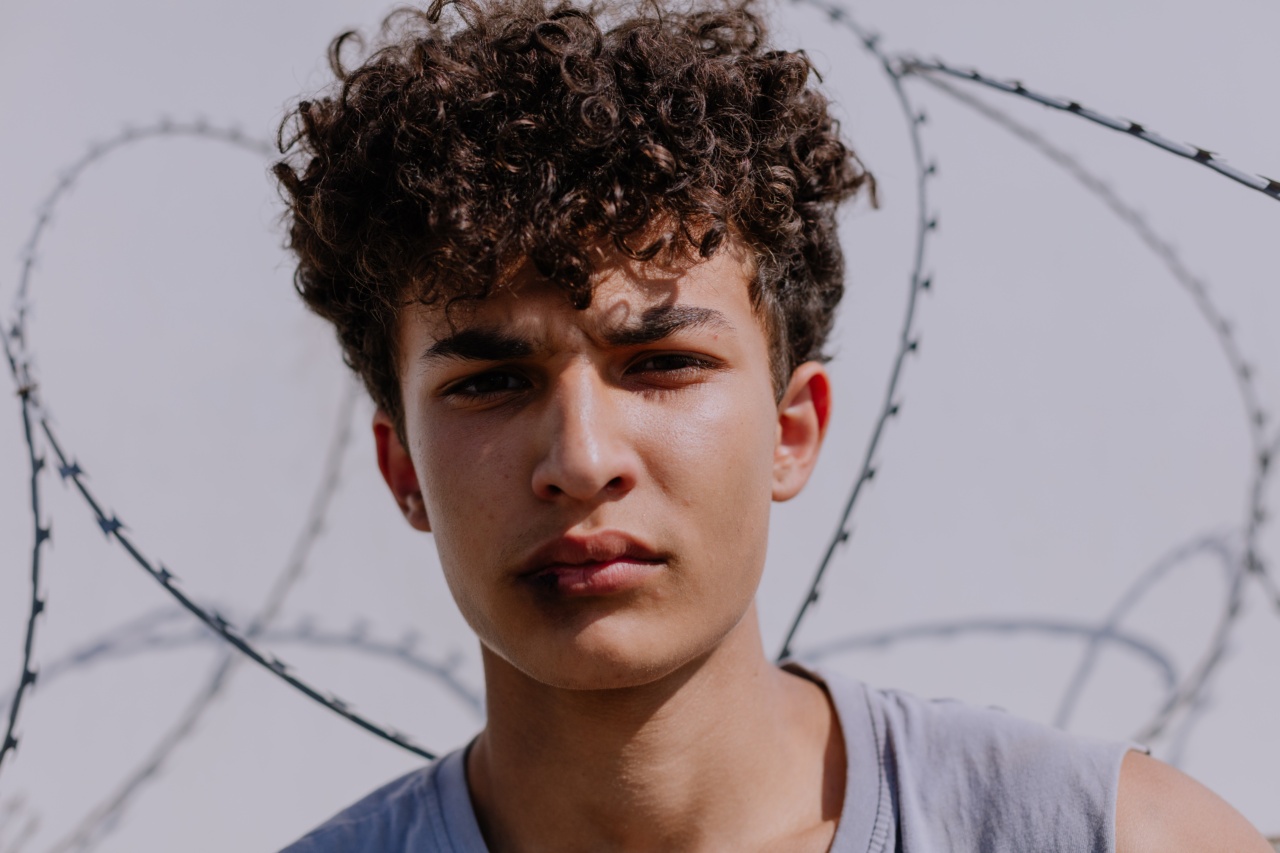Myopia, also known as nearsightedness, is a condition where individuals have difficulty seeing objects at a distance. This condition has become increasingly common in recent years, particularly among children and adolescents.
Studies have shown that myopia prevalence is on the rise globally, affecting up to 80% of young adults in some countries.
Causes of Myopia
Myopia is caused by a combination of genetic and environmental factors.
Children with myopic parents are more likely to develop nearsightedness, but environmental factors such as prolonged near-work activities, limited outdoor exposure, and high academic pressure may also contribute to its development. Studies have suggested that spending more time outdoors and engaging in physical activities may help reduce the risk of developing myopia.
The Impact of Myopia on Adolescents
Myopia can have a significant impact on the physical and psychological health of adolescents.
It can affect their academic performance, limit their participation in outdoor activities, and increase their risk of developing other eye conditions such as cataracts and glaucoma later in life. Furthermore, adolescents with myopia may experience low self-esteem and a negative body image due to the need for glasses or contact lenses.
Prevention and Management of Myopia
Preventing and managing myopia requires a multi-disciplinary approach.
Some strategies that have been suggested include increasing outdoor playtime, reducing screen time, and practicing good visual habits such as taking regular breaks during near work activities. In addition, regular eye exams and early detection and treatment of myopia can help prevent it from progressing and reduce the risk of developing other eye conditions later in life.
Treatments such as orthokeratology, which uses specially designed contact lenses to reshape the cornea while sleeping, have shown promise in slowing down the progression of myopia.
The Effect of COVID-19 on Myopia Prevalence
The COVID-19 pandemic has disrupted the daily routines of many individuals, particularly students who are now spending more time on screens for virtual learning.
Experts are concerned that this increased screen time may contribute to a rise in myopia prevalence. Studies have shown that the incidence of myopia tends to increase during periods of limited outdoor exposure, such as winter and school holidays, and the pandemic may exacerbate this trend.
Conclusion
Myopia is a common condition that can have a significant impact on the physical and psychological health of adolescents.
Preventing and managing myopia requires a multi-disciplinary approach and early detection and treatment are important in reducing the risk of developing other eye conditions later in life.
Furthermore, with the COVID-19 pandemic leading to increased screen time and limited outdoor activities, it is crucial for individuals to practice good visual habits and engage in regular eye exams to prevent myopia from becoming a more prevalent issue.































